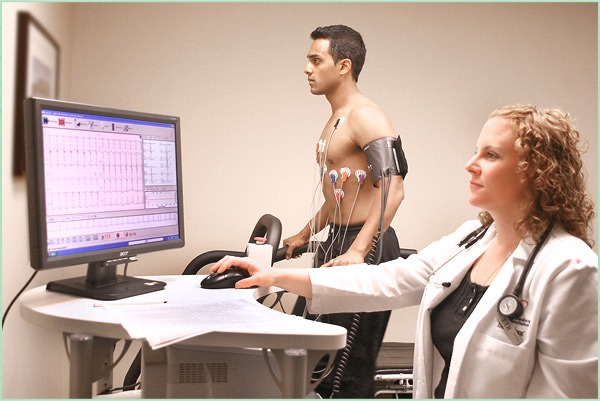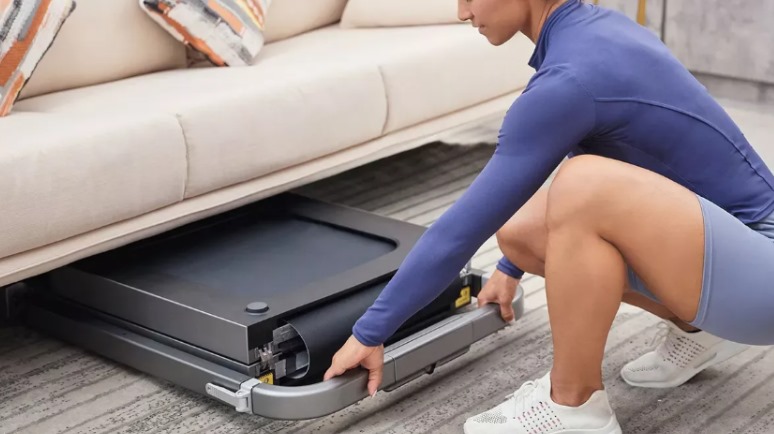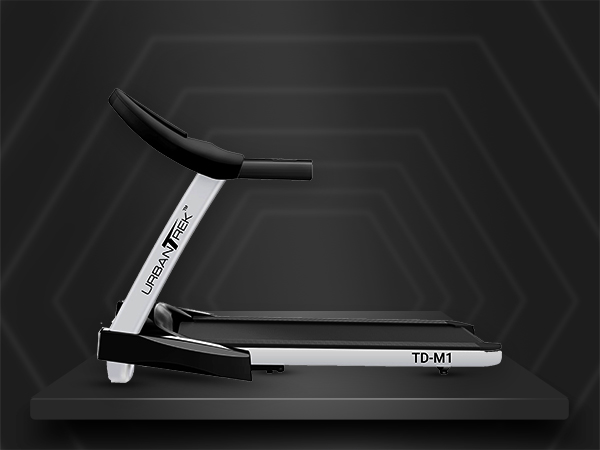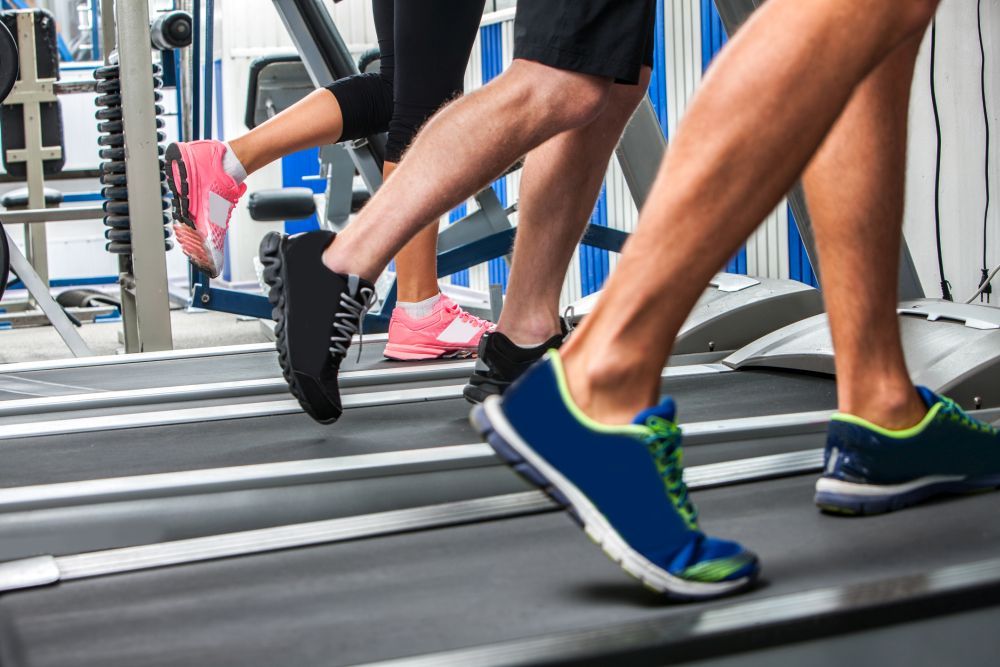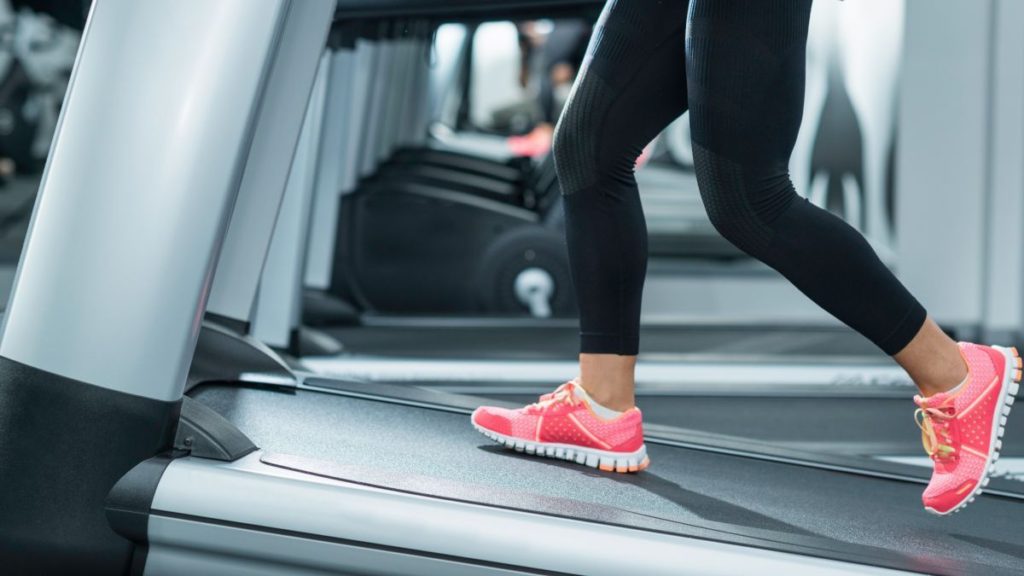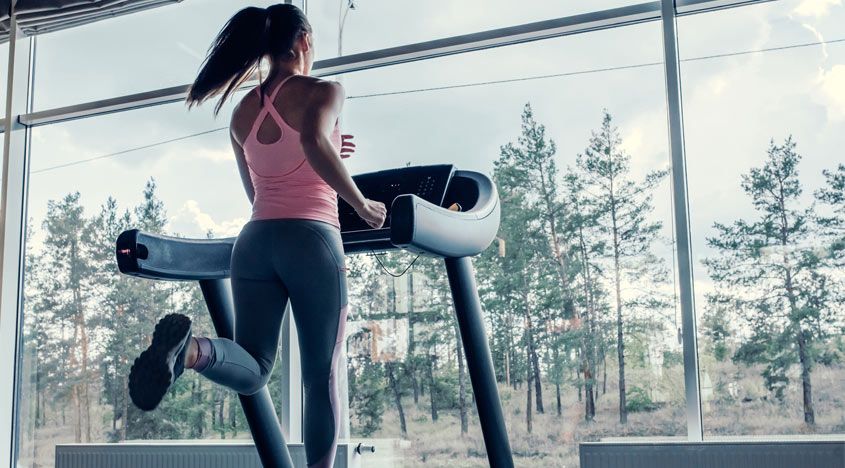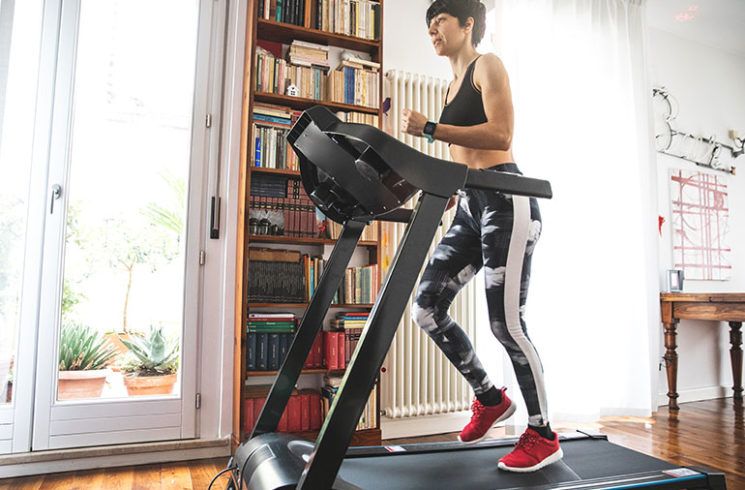Whether you’re a skillful athlete or a recreational runner, there’s no denying the fact that you require an ample supply of stamina for running long distances effectively without falling behind.
Stamina is essential for running because it allows you to sustain your physical effort over extended distances and durations. It reduces fatigue and enables you to perform at your best.It minimizes the risk of exhaustion and injury. Stamina is a crucial aspect of running that impacts your ability to go the distance and enjoy your runs to the fullest.
We will explore various strategies, techniques, and tips to help you boost your running stamina and become a better runner.
1. Setting Clear and Realistic Goals
The path to improving your running stamina starts with setting clear, attainable goals. If you’re relatively new to running, setting a goal like running a marathon within a few months may not be realistic. Start with shorter distances.
Your goals can be further differentiated into long and short term goals. Short-term goals are achievable in the near future, typically within a few weeks or months they could be a 5k run in under 30 minutes. On the other hand, long-term goals might span several months to a year or more, it could be completing a half marathon (21.1 kilometers) within a year.
Be specific about your goals. For example, “I want to increase my weekly record from 15 kms to 30 kms over the next three months”.
2. Consistent Training: The Backbone of Stamina Development
Consistency is the key to success in the realm of stamina development. Make running a regular fixture in your daily or weekly routine. Commit to at least three to four days of running each week. Consistent training is the crucible in which your body’s endurance is forged, making it more proficient in oxygen utilization and energy management during runs. Maintain efficient running form. Hold an upright posture, ease the tension in your shoulders, and emphasize a midfoot strike rather than heel striking.
3. The 10% Rule: Progress with Prudence
The 10% Rule is a fundamental principle in enhancing stamina for running that emphasizes the importance of gradual and progression in your training. It suggests that you should not increase your training volume or intensity by more than 10% per week. This applies to various aspects of your running routine, such as mileage (the number of kilometers or miles you run), pace (your running speed), or duration (the time you spend running).
This rule ascertains that you strike a balance between making progress in your running performance while looking after your well-being. It allows your body to gradually adapt to the increased stress and challenges of running without risking injury or excessive fatigue.
However, there are exceptions to this rule. Some runners may be able to tolerate slightly larger increases, while others may need to be more cautious. Ultimately, you need to listen to your body, and figure out what’s best for you without overstraining your body.
4. Tempo Runs
A tempo run is where you sustain a challenging pace over an extended duration. Tempo runs often simulate the pace you aim to maintain during races. Practicing at this intensity helps you become familiar with your target race pace, enabling you to perform better in actual race situations and boosting your stamina for race distances.
While a traditional 30-45 minute tempo run can be valuable, you can adapt it to shorter durations, such as 15-20 minutes, to enhance stamina and lactate threshold during shorter workouts.
5. Long Slow Distance (LSD) Runs
LSD runs are designed to build endurance and stamina by covering longer distances at a comfortable, sustainable pace. The key to LSD runs is maintaining a pace that allows you to have a conversation, often described as a “conversational pace”. This ensures that you’re running comfortably and not pushing too hard.
LSD runs train your body to use fat as an energy source, sparing glycogen for later in the run. They improve your cardiovascular fitness, increase your mental stamina, and prepare you for longer races.
6. Hill Training

Hill workouts are disguised stamina builders. It challenges your muscles and cardiovascular system in unique ways. Start with shorter, less steep hills if you’re new to this type of training. Focus on maintaining good running form, slightly leaning forward, and shortening your stride. Gradually increase the duration and intensity of your hill workouts as your fitness improves. To avoid overexertion or injury, limit hill training to once a week and ensure you have a balanced training plan that includes other forms of running and rest days.
Alternatively, for those whom a hill or steep region isn’t as easily accessible, a 12 3 30 workout on a treadmill can be a more viable option.
7. Nutrition: Fueling Your Body
Proper nutrition plays an indispensable role in stamina development. Carbohydrates are the best source of energy and should comprise around 50 -60% of your total calorie intake to sustain you throughout your run. To ensure consistent repair of worn tissues, approximately 30% of your diet should consist of proteins. Be mindful and focus mainly on proteins that are low in cholesterol such as beans, egg, fish, etc.
Try to cut down your fats to 20% or less. Furthermore, foods rich in omega-3 fatty acids such as nuts, oils and certain fish should be included in your diet. Consume enough green and leafy vegetables rich in vitamins and minerals that constitute to around 10% of your calorie intake.
8. Stay Hydrated
Dehydration can be a real stamina killer. Dehydration is a formidable adversary to stamina. Ensure your body remains well-hydrated before, during, and after your runs. On extended excursions, contemplate carrying water or planning routes near hydration sources.
9. Rest and Recovery: Nurturing Your Body
Intervals of rest provide your body with the opportunity to repair and rejuvenate from the stress of running. Adversely, overtraining can increase injuries and a decline in stamina. Aiming for 7-9 hours of undisturbed slumber each night augments your stamina-building endeavors.
Efficient running form can conserve energy and enhance stamina. Maintain an upright posture, ease the tension in your shoulders, and emphasize a midfoot strike rather than heel striking. Sound form can manifest a tangible difference in your endurance.
Taking the First Step Enhancing your Stamina for Running
In conclusion, stamina is the foundation of a successful and fulfilling journey. There are no shortcuts to building stamina; it thrives on your dedication, consistency, and the application of these tried-and-true strategies. It’s essential to recognize that every stride, no matter how small, represents progress. Whether your goal is to achieve a personal best or simply enjoy longer, more satisfying runs, these techniques are your roadmap to success. Now, it’s your turn to take action. Lace up your running shoes, hit the trails, and embark on your stamina-building journey.
Read Also: Functional Fitness at your Workplace: 4 Exercises for a Better Posture










